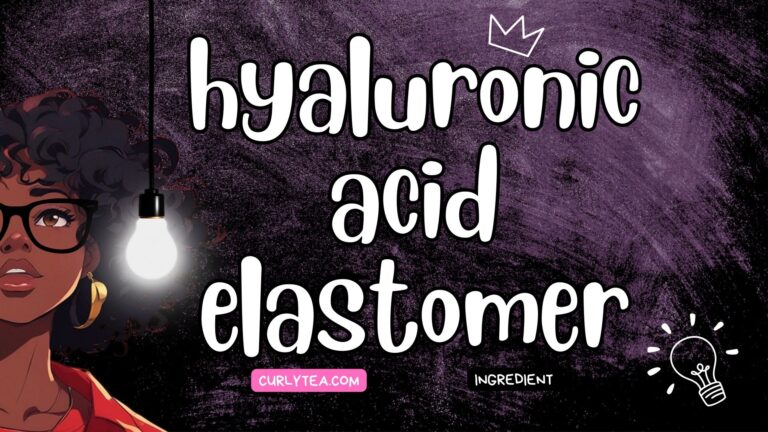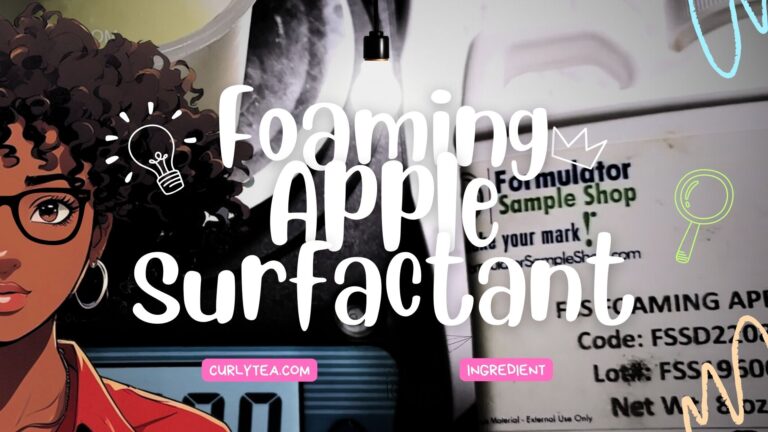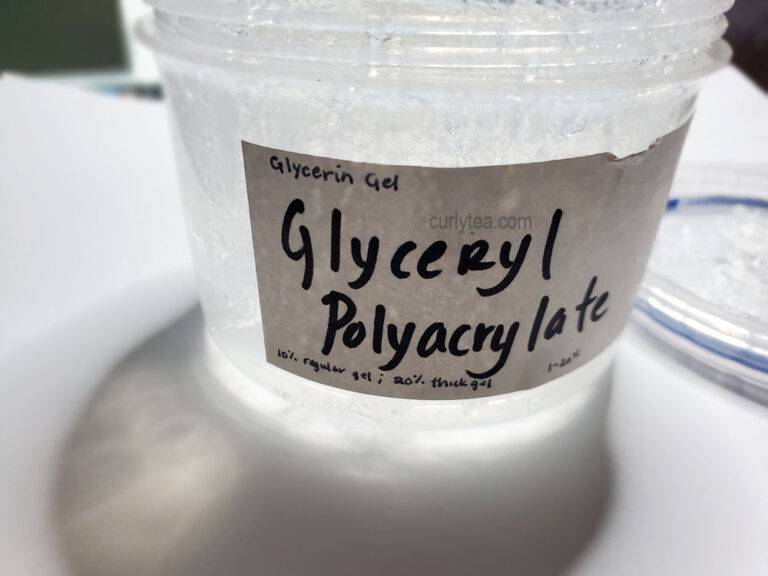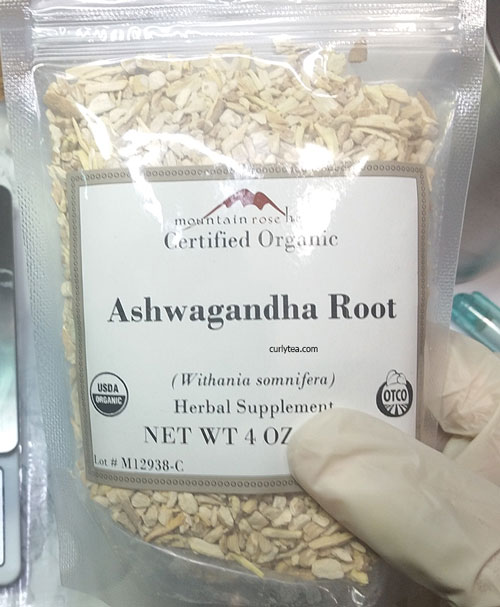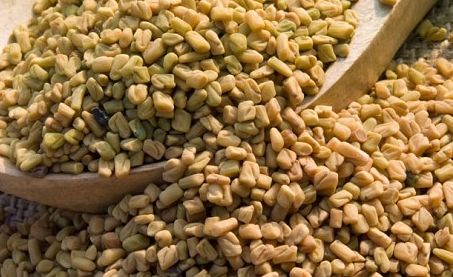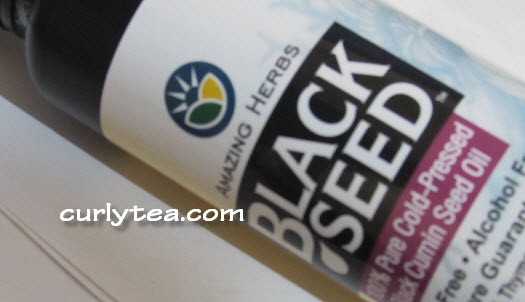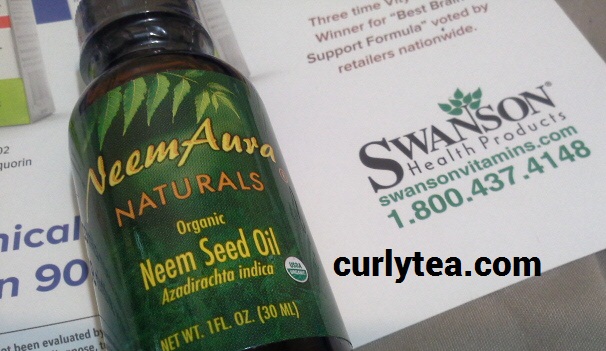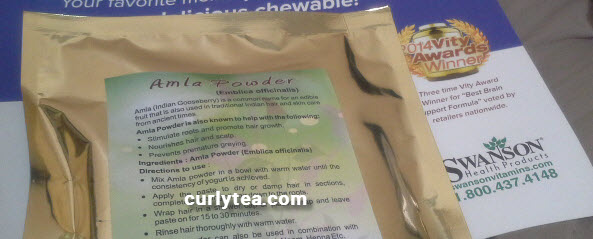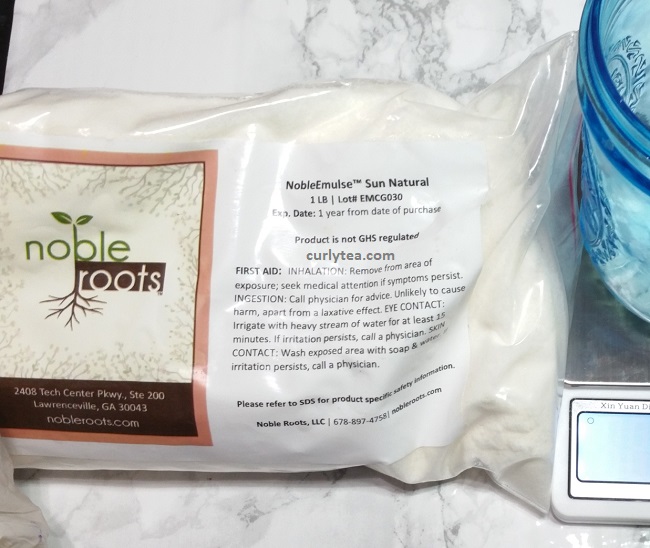
This ingredient is no longer available from the supplier in the photo. The supplier seems to have closed shop to small customers. If you’re looking for this ingredient, use the INCI to find who may be carrying it.
Emulsun / NobleEmulse / Sun Natural
INCI: Hydrogenated Sunflower Seed Oil Polyglyceryl-3 Esters (and) Hydrogenated Sunflower Seed Oil Glyceryl Esters (and) Cetearyl Alcohol (and) Sodium Stearoyl Lactylate
Shelf life: 1 year from date of manufacture
Incompatibilities: NaCl, Menthol
Solubility: Oil
Charge: Non-ionic
Made for: Oil-in-water emulsions (O/W)
Max oil-loading rate: 15-40%
Typical oil-loading rate: 20% or less
Usage rate suggestions:
General: 3-8%
Triglycerides, Esters, Mineral oils, Silicones: 3-8%
Carbomer, Hydroxyethylcellulose, gums: 1-4%
To make a “heavy lotion” with up to 20% oils: 6%
Emulsun (aka NobleEmulse Sun Natural) is a newer PEG-free, non-ionic, easy to handle,biodegradable emulsifier meant to create “greener” products.
This HLB-independent emulsifier is supposedly used when you want to have a great “sensory” affect on the skin and maintain a moisture barrier without it feeling suffocated. It’s also known for it’s ability to sink into the skin without a heavy white ‘soaping’ effect.
Emulsun is created from my favorite oil at the moment, Sunflower oil. Not to get too ‘chemical-ly'(LOL) but it’s made up of the “monoesters of sunflower oil” after the oil undergoes a “innovative refining process to preserve the sunflower wax-ester and fatty alcohol components” (floratech.com).
It can also be used to create conditioners with the help of an additional conditioning ingredient. This, by itself, isn’t known to be a conditioning product from my understanding. Possibly using CETAC or some other conditioning ingredient will help to add softness to the hair.
I haven’t yet mixed this with BTMS-50 to see what the results are, but BTMS-50 alone makes the hair feel very soft so possibly adding Emulsun with it will simply make the emulsions more stable so that you can use less BTMS-50. Or, it may improve the time it takes for the conditioner to absorb.
The manufacturers of Emulsun tout it’s “liquid crystal structure”, which is used to “decrease surface tension and strongly promote emulsification.”
The recommendation is to NOT use a stick blender with this emulsifier. What? I know, right?! I’ve used this emulsifier twice:
1. Mixing oil and water phases without stick blending
2. Mixing oil and water phases after using the stick blender for 15-20 seconds right after
From my experience, the emulsion created without stick blending had a thicker viscosity than the one I’d used a stick blender with. It wasn’t terrible, but quite noticeable. If you want to get your emulsion as thick as possible without having to use any additional thickeners (polymers, fatty alcohols, gums), you definitely need to skip the stick blender.
But pay attention! If you won’t be using a stick blender with this emulsifier, definitely make sure the Oil and Water phases are very close if not the same temperature when heated. Using a stick blender will thin out your final emulsion (or possibly even wreck it), so you’ll be using manual stirring. Because of this, you must make sure the Oil and Water phases are similar or the same OR ELSE they will naturally separate again because their temperatures are too different.
Needless to say, Emulsun is not as carefree to use as BTMS-50.
Emulsun is an emulsifier. Yes, it’s said to have a good “sensory appeal”, but our curls need conditioning. I would definitely suggest pairing this product with a separate conditioning ingredient. In my test recipes (as of this writing), I’ve used it with CETAC 30% (Centrimonium Chloride)
pH is another point to take into consideration. According to the pH compatibility chart of Emulsun, the higher the pH of your final product, the less thick it will be. The lower the pH of your final product, the thicker it will be. For example, 6% Emulsun with a pH of 5 will create a thicker (or slightly thicker) product than 10% Emulsun with a pH of 8.
You don’t necessarily have to use a separate thickener with this ingredient but you can do so without too many issues because it’s compatible with a nice range of natural and synthetic thickeners. Polymers, like Carbopol, seem to make the final product thicker than a thickener like Aristoflex AVC according to online sources.
Because the ingredient itself comes in a different form than pellets and flakes, it’s actually easier to measure out the correct amount, and seems to melt a little quicker than other emulsifiers.
Related
Floratech.com
 CURLYTEA
CURLYTEA
